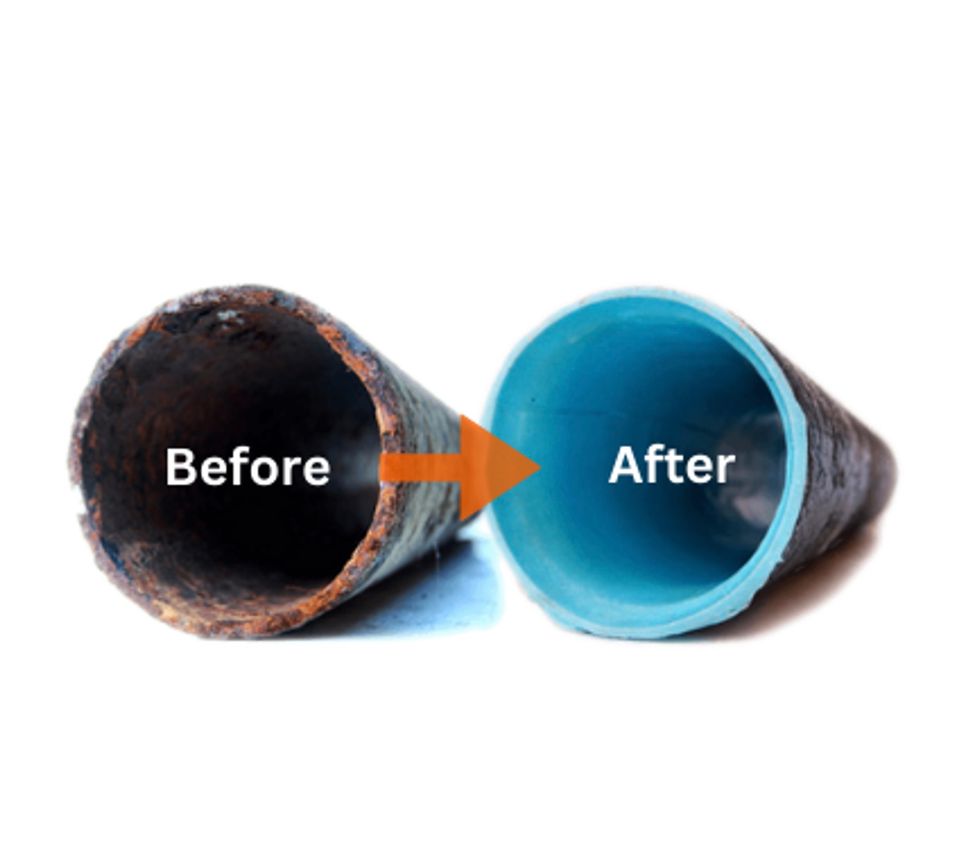Plumbing problems can be a homeowner's nightmare, but when faced with issues like leaks, corrosion, or deteriorating pipes, there are decisions to be made. One of the most crucial decisions is whether to opt for traditional pipe replacement or embrace the innovative approach of pipe lining. In this blog, we'll conduct a comparative analysis of these two methods, exploring their advantages, disadvantages, and helping homeowners make an informed choice for their plumbing needs.
Pipe Lining: A Modern Solution
Pipe lining, also known as cured-in-place pipe (CIPP) lining, is a trenchless technology that rehabilitates existing pipelines without the need for extensive excavation. This method involves inserting a flexible liner coated with resin into the damaged pipe, curing it in place to create a new, seamless pipe within the existing one.
Advantages of Pipe Lining:
1. Minimal Disruption: Pipe lining minimizes disruption to landscapes, driveways, and structures, making it an ideal solution for homeowners who want to preserve the aesthetics of their properties.
2. Cost-Effectiveness: Compared to traditional pipe replacement, pipe lining typically requires less labor and materials, resulting in lower overall costs.
3. Faster Turnaround Time: Pipe lining can be completed more quickly than traditional pipe replacement methods, allowing homeowners to restore their plumbing systems and resume normal activities with minimal delay.
4. Durability: Lined pipes are resistant to corrosion, leaks, and root intrusion, providing long-term reliability and extending the lifespan of existing pipelines.
Traditional Pipe Replacement: The Conventional Approach
Traditional pipe replacement involves excavating the damaged pipe and replacing it with a new one. While effective, this method is labor-intensive, disruptive, and can be costly, especially if extensive excavation is required.
Advantages of Traditional Pipe Replacement:
1. Complete Pipe Replacement: Traditional pipe replacement provides homeowners with the assurance of a completely new pipeline, which may be necessary for severely damaged or deteriorated pipes.
2. Wide Applicability: Traditional pipe replacement methods can be used in various scenarios, including situations where pipe lining may not be feasible or effective.
3. Familiarity: Traditional pipe replacement methods have been used for decades and are familiar to many homeowners and plumbing professionals.
Comparative Analysis:
When comparing pipe lining to traditional pipe replacement, several factors come into play, including cost, disruption, durability, and turnaround time. While traditional pipe replacement offers the assurance of complete pipe replacement, it comes with the drawbacks of extensive excavation, higher costs, and longer turnaround times. On the other hand, pipe lining provides a cost-effective, minimally disruptive, and durable solution for rehabilitating existing pipelines.
Conclusion:
In the debate between pipe lining and traditional pipe replacement, there is no one-size-fits-all answer. Each method has its advantages and disadvantages, and the optimal choice depends on factors such as the extent of damage, budget constraints, and homeowner preferences. By weighing the pros and cons of each approach and consulting with qualified plumbing professionals, homeowners can make an informed decision that meets their needs and ensures the long-term integrity of their plumbing systems.


